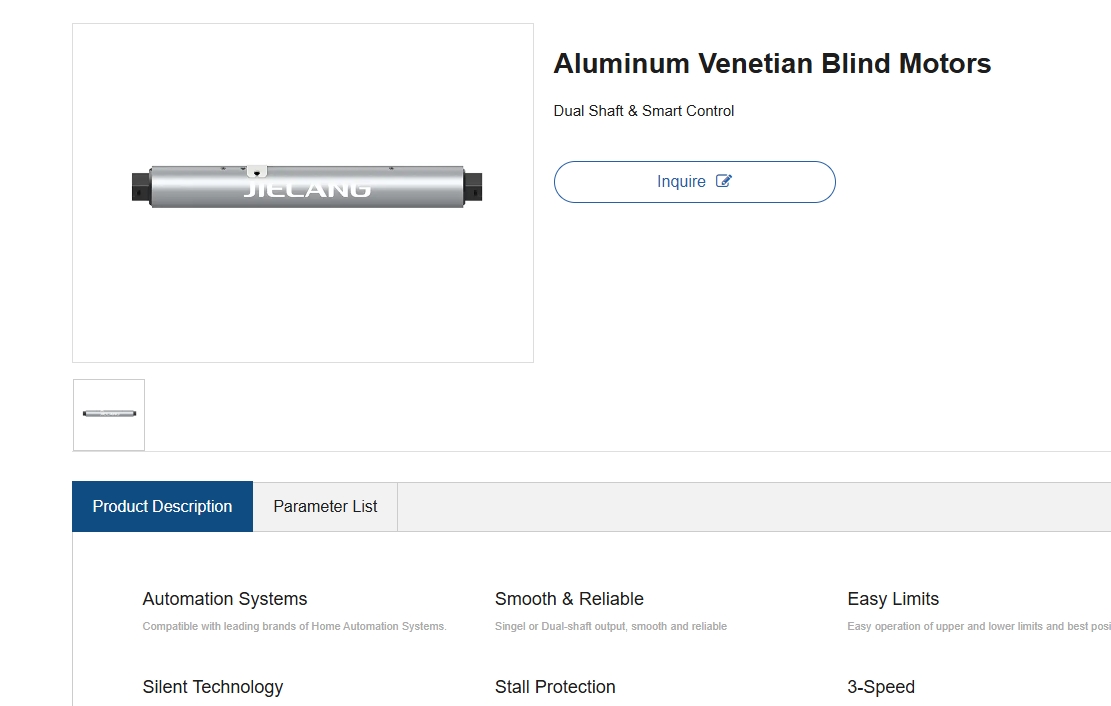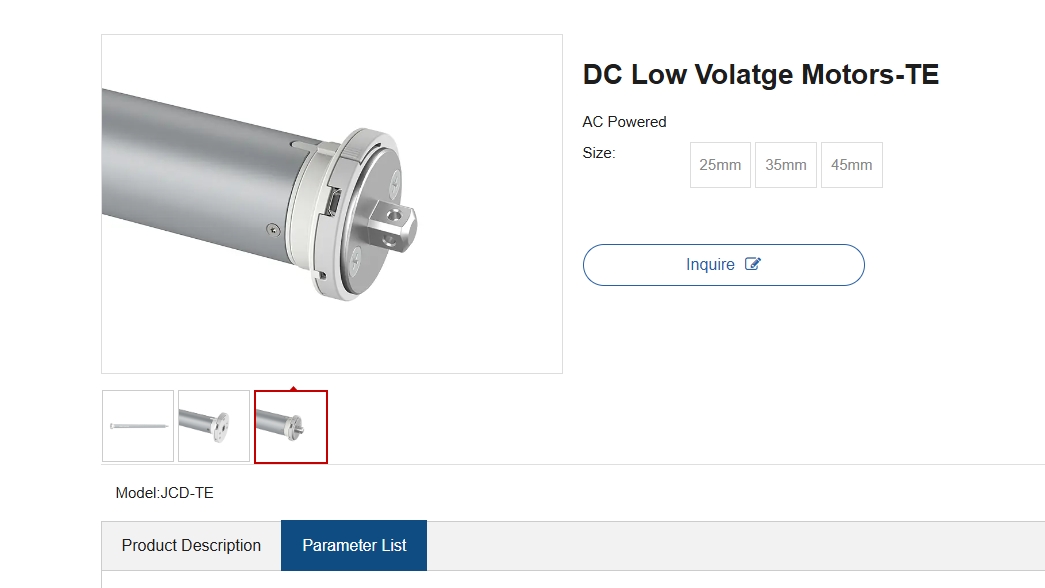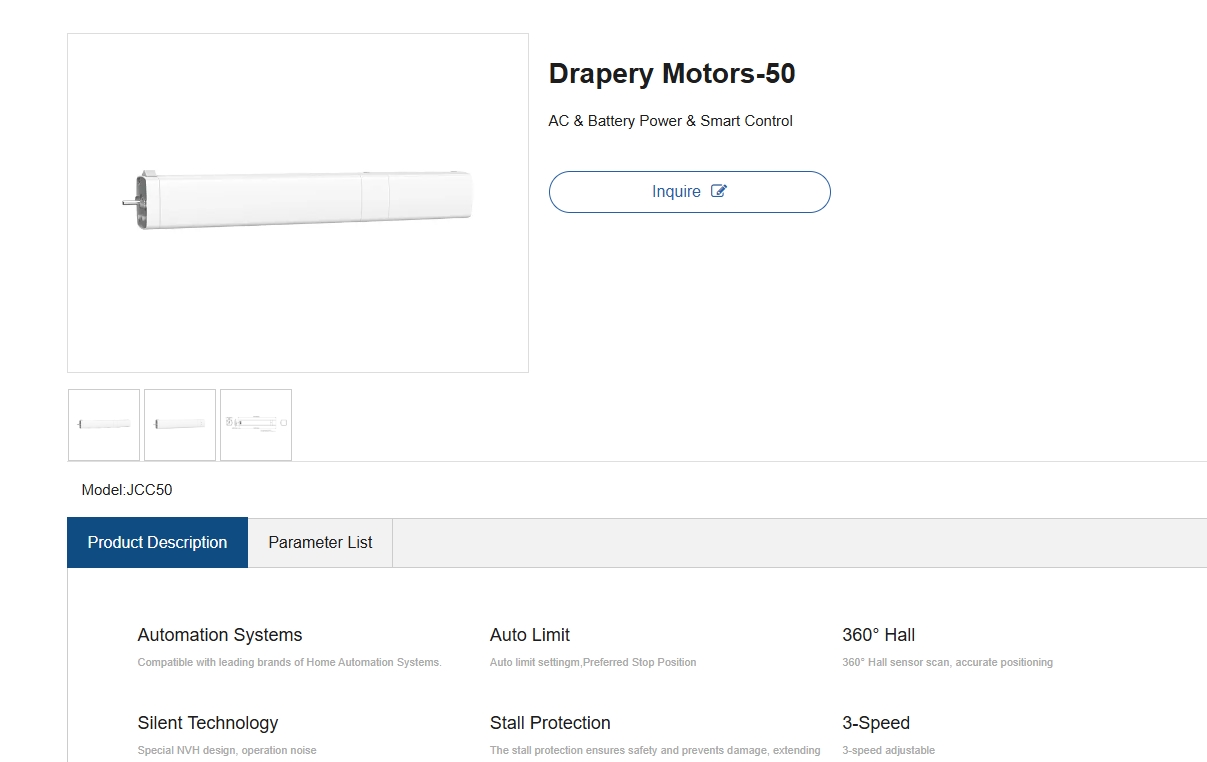- Home
-
- TF Integrated Workstation
- TT Integrated Station
- TS Single-Person Station
- TO Single-Person Station
- Advanced Office Table
- Manager Table
- Odette Conference Table
- Lifting White Board
- Lifting Podium
- Working Port
- Zen Standing Desk
- Lifting Coffee Table
- Home Standing Desk
- Nature Standing Desk
- Invictus Gaming Desk
- Study Desk
-
-
- Electric Hospital Bed
- Image Equipment
- Examination Bed/Clinic Bed
- Operation Table and Chair
- Infant Incubator
- Independent Weighing System
- Home Care Bed
- Patient Lift
- Wheelchair
- Toilet Lift
- Bath Lift
- Shower Trolley
- Smart Rollator Walker
- Ophthalmic Workstation
- Treatment Chair
- Facial Chair
- Traction Table
- Massage Chair
- OT Training Equipment
- Stand-up Application
- Rehabilitation Robot
-
-
- Photovoltaic Application
- Photothermal Application
- Energy Storage Container
- Tractor
- Seeder
- Fertilizer Spreader
- Harvester
- Rotary Cultivator
- Climate Control System
- Automatic Feeding System
- Excavator
- High Altitude Work Platform
- Garbage Truck
- Street Sweeper
- AMR Automated Guided Vehicle (AGV) and Autonomous Mobile Robot (AMR)
- Forklift Accessories
- Palletizing Collaborative Robots
- Packaging Machine
-
-
Tubular Motor Selection and Application Practice Guide in 2025
Views: 0 Author: Site Editor Publish Time: 2025-04-16 Origin: Site
In the field of modern industrial and civil automation, the application of tubular motors has penetrated into all aspects from rolling shutters, sunshades to industrial automation equipment. However, with the increasing complexity of application scenarios, how to find the most suitable tubular motor among many models and parameters has become a key challenge for engineers and users.
The selection of tubular motors is not only related to the operating efficiency and life of the equipment, but also directly affects the overall performance and user experience of the system. Whether it is a tubular electric motor with high precision requirements in industrial automation, or a tubular linear motor with silent operation requirements in smart homes, the core of the selection is always to accurately match the load capacity, operating environment and energy efficiency goals. The following article will introduce the various types of tubular motors, list some practical application scenarios of the motors, and the factors that need to be considered when selecting tubular motors, to help users find the best solution for complex needs.
Tubular Motor Type Guide
1. Motor Types of Various Tube Diameters
35 Motor: Suitable for small application scenarios, such as small rolling doors or windows.
45 Motor: Suitable for medium loads, such as rolling doors in homes or small commercial places.
59 Motor, 92 Motor, etc.: Suitable for large industrial doors or occasions requiring higher load capacity.
2. Standard Tubular Motor
The standard tubular motor is a compact, smooth-running electric drive device that can maintain the current position when the power is off. It is widely used in automation scenarios such as electric rolling doors, curtains, awnings and projection screens. It integrates the motor, reduction mechanism and braking system in a metal tube, which not only saves installation space, but also achieves silent and efficient operation. With its reliability and convenience, the standard tubular motor has become an ideal choice in modern smart home and building automation.
3. Smart Motor

The smart motor uses advanced sensor technology and intelligent control algorithms to achieve real-time monitoring and precise adjustment of the operating status. It can not only automatically optimize operating parameters, improve energy efficiency and working stability, but also support remote monitoring and fault warning, greatly simplifying the maintenance process. With highly integrated intelligent design, smart motors have demonstrated excellent performance and reliability in fields such as industrial automation, smart homes and modern buildings, bringing users a more efficient, convenient and safe application experience.
4. Hand-cranked Tubular Motor
The hand-cranked tubular motor is a device that combines the advantages of manual operation and automatic drive. It can quickly start and adjust the working state of the motor by hand-cranking. It has a compact structure and is easy to operate. It can not only meet the needs of daily small-scale adjustment, but also has the characteristics of efficient transmission and low-noise operation. It can perform well in emergency manual control and daily use.
5. Chain Tubular Motor
The chain tubular motor adopts a cha in transmission system and has the characteristics of efficient and smooth operation. Its compact structure design is easy to install and can effectively reduce noise and energy consumption. This motor is suitable for automatic control scenarios such as electric rolling doors and sunshades. With its durability and easy maintenance, it has become an ideal choice in the field of smart home and building automation.
6. Clutch Tubular Motor
The clutch tubular motor is an electric drive device with an integrated clutch control system, which is designed to achieve smooth starting and precise intermittent transmission. With the adjustment function of the clutch, the motor can effectively prevent load impact, extend the life of the equipment, and ensure safe and stable operation. The compact design makes the clutch tubular motor suitable for electric rolling doors, curtains and other automation control scenarios, and is an ideal choice for modern smart home and building automation systems.
7. Resistance Tubular Motor
The resistance tubular motor is an electric drive device that integrates resistance control technology. It has a compact structure, smooth operation, and is safe and reliable. Through the built-in resistance device, the motor can automatically adjust the output torque during starting, running and stopping, effectively reducing the impact caused by load fluctuations and extending the life of the equipment. Its precise resistance control makes it widely used in electric rolling doors, automatic curtains and other high-precision automation systems.
8. Electric Rolling Door Motor
The electric rolling door motor is an efficient drive device designed for automated rolling doors. It integrates motors, reducers and control systems to achieve smooth operation and silent operation during opening and closing. With excellent impact resistance and multiple safety protections, this motor not only improves the durability and stability of the door body, but is also widely used in smart homes, commercial buildings and industrial sites, bringing users a convenient and efficient automatic door control experience.
9. Window and Sunshade Motors

With advanced control technology and compact design, window and sunshade motors provide efficient and stable power support for modern buildings and smart homes. These motors use silent operation mode and precise positioning control, which not only ensures the smooth opening and closing of windows and sunshades, but also has excellent anti-seismic and safety protection functions, thus bringing users a more convenient and comfortable use experience.
10. Industrial Door Motors
Industrial door motors are designed to drive large industrial doors and have efficient, stable and precise control performance. It adopts advanced overload protection and multiple safety protection measures to ensure the smooth and safe operation of the door body during frequent opening and closing. Whether in harsh industrial environments or in places such as warehouses and logistics centers, this motor can provide excellent power support, bringing efficiency and reliability to automated production.
11. Radio Control Motors
Radio control motors use advanced wireless transmission technology to achieve remote and precise control, reducing the cumbersome installation of traditional wiring. This type of motor responds quickly and can realize various operating functions such as starting, stopping and speed regulation through wireless signals. It is widely used in smart homes, industrial automation and large door systems, providing users with a convenient, efficient and safe modern control experience.
12. Manual Control Motor
The manual control motor adopts a simple and intuitive operation method, allowing users to achieve precise control through manual adjustment. Its structural design focuses on ease of operation and durability, and is suitable for occasions that do not require automation but require stability and flexible adjustment. Whether it is temporary operation in an emergency or daily debugging and maintenance, the motor can provide reliable and efficient working performance.
14. Tubular Linear Motor

The tubular linear motor adopts a tubular structure design and realizes precise linear motion through electromagnetic principles. Its stepless speed regulation and high response performance make the equipment perform well on automated production lines. Compared with traditional rotary motors, its structure is more compact and avoids the intermediate mechanical transmission link, thereby improving the operating efficiency and stability. It is widely used in precision instruments, robots, and high-speed transmission.
15. Tubular Electric Motor
The tubular electric motor is a compact, cylindrical rotary drive device that is widely used in automated scenes such as rolling shutters, curtains, and shading systems. It integrates the motor, reducer, and brake system into one, which is easy to install and runs smoothly. With its good sealing and quiet performance, the tubular electric motor not only improves the aesthetics and reliability of the overall system, but also provides efficient and stable power support for modern smart homes and building automation.
What Factors Should Be Considered When Purchasing Tubular Motors?
1. Load capacity: Select the appropriate load capacity according to the application requirements to ensure that the motor can withstand the required weight.
2. Operating environment: In environments with high cleaning requirements, choose motors with high protection levels (such as IP69K).
3. Energy efficiency requirements: Choose high-efficiency motors to reduce heat generation and energy consumption.
4. Size and space constraints: Make sure the size of the motor is suitable for the installation space, and consider the pipe diameter and length.
5. Additional functions: Such as position feedback, temperature sensor, electronic data sheet, etc., can be selected according to specific needs.
6. Hygiene and cleaning requirements: For food processing or medical industries, motors that meet hygiene standards, such as IP69K protection level, can be selected.
Application Guide for Tubular Motors in Various Industrial and Civil Scenarios
Various Industrial Scenarios Suitable for Tubular Motors
1. Automation and Robotics
Due to their high precision and dynamic performance, tubular motors are very suitable for automation systems such as robot arms and sorting machines, which require fast and precise movement.
Parameter requirements: When selecting a motor, pay attention to its maximum force (such as 550N), speed (such as 3.9m/s) and acceleration (such as 50m/s²) to ensure that high dynamic response requirements are met.
2. Medical and pharmaceuticals
In the medical equipment and pharmaceutical industries, tubular motors are widely used in drug distribution, sample processing, and medical imaging systems for their high precision and reliability.
Parameter requirements: Motors with higher protection levels (such as IP69K) need to be selected to adapt to environments with strict cleaning requirements.
3. Semiconductor manufacturing
Semiconductor manufacturing requires high precision and low particle generation, and tubular motors perform well in wafer processing and inspection systems.
Parameter requirements: Select motors with ironless design to reduce particle generation and improve positioning accuracy.
4. Material handling and packaging
Tubular motors are suitable for conveyor belts, sorting systems, and palletized equipment due to their compact design and high dynamic performance.
Parameter requirements: Pay attention to the motor's stroke length (such as 150mm) and repeatability (such as ±0.05mm) to ensure efficient operation.
Various Categories of Civil Scenarios for Tubular Motors
1. Smart home
Tubular motors are commonly used in electric rolling doors, windows, sunshades, etc. Their compact design and quiet operation make them an ideal choice for smart homes.

Parameter requirements: Choose a 240V single-phase motor suitable for home use, ensuring low noise and high energy efficiency.
2. Large installation equipment
In large installations such as industrial roller shutters and commercial gates, tubular motors excel with their durability and high load capacity.
Parameter requirements: Choose a high-torque motor (such as a 415V three-phase motor) to meet the needs of frequent use.
3. Food processing and medical industries
In the food processing and medical industries, the protection level of tubular motors (such as IP69K) enables them to adapt to strict hygiene requirements.
Parameter requirements: Choose a fully encapsulated motor to prevent the ingress of external contaminants.
Summary
With its unique structural design and flexible installation method, the tubular motor shows excellent heat dissipation performance and operation stability. The tubular electric motor shell can effectively reduce vibration and noise during operation, and also provide better protection for the equipment, so that it can maintain efficient and safe working conditions in various industrial environments.
In addition, tubular motors are also characterized by high energy efficiency and easy maintenance. It can reduce energy consumption while ensuring power output and extend the service life of the equipment. Thanks to advanced manufacturing technology and strict quality control, each tubular motor shows excellent starting performance and response speed, making it an ideal choice for many automation systems.
In the JIECANG linear drive product platform, not only tubular motor related products and services are provided, but also drive and intelligent control solutions are provided for related industries such as smart office, medical care, smart home, and industrial automation.
FAQ:
1.What is the difference between a tubular motor and a synchronous motor?
Tubular motors run faster and have a greater lift capacity. Synchronous motors are slower but are also quieter and more energy efficient. Since synchronous motors are smaller, they also have less torque, so we only use them in our smaller standard priced models.
2.Can you add a motor to roller shades?
Using your existing roller blinds, simply replace the chain drive with a motor. From there you can control your blinds via a remote control, your smartphone or use voice commands.
3.How do motorized shades get their power?
Rather than being connected to a string, motorized blinds have a tube installed up top that lifts the shade up. The battery fits above that and connects to a motor for power. If you're concerned about the look of your motorized blinds, batteries are the most elegant option, as their placement makes them unnoticeable.
Related Articles
QUICK LINKS




























